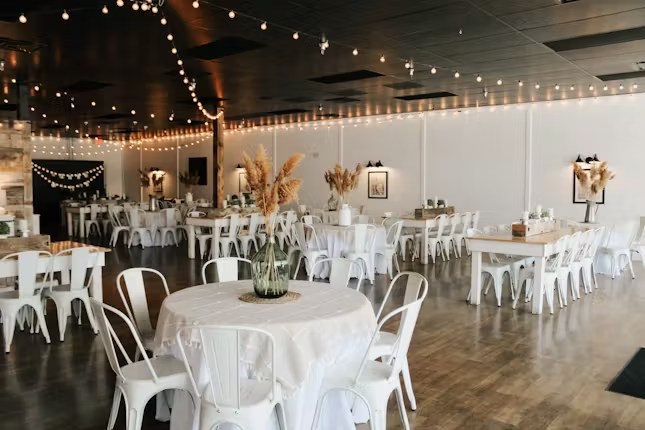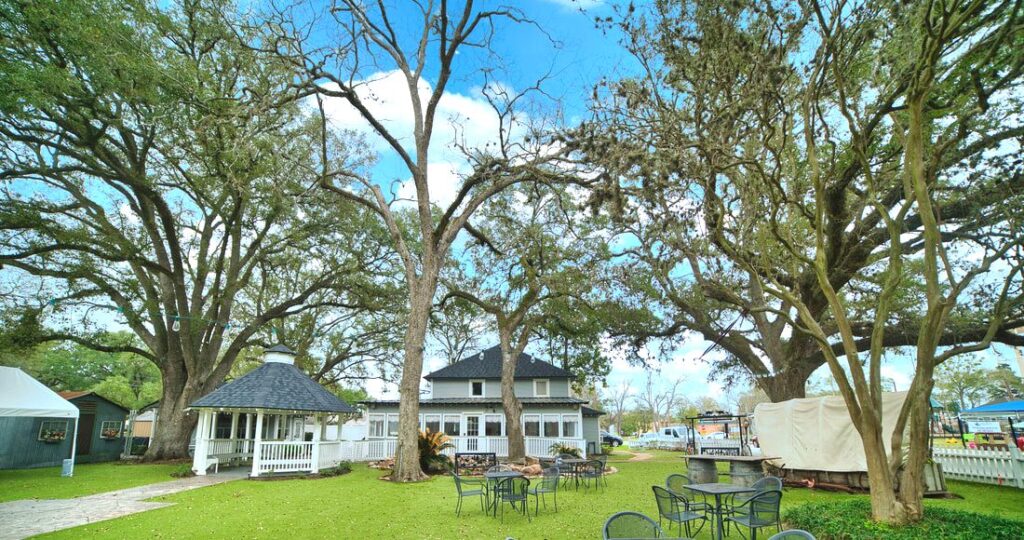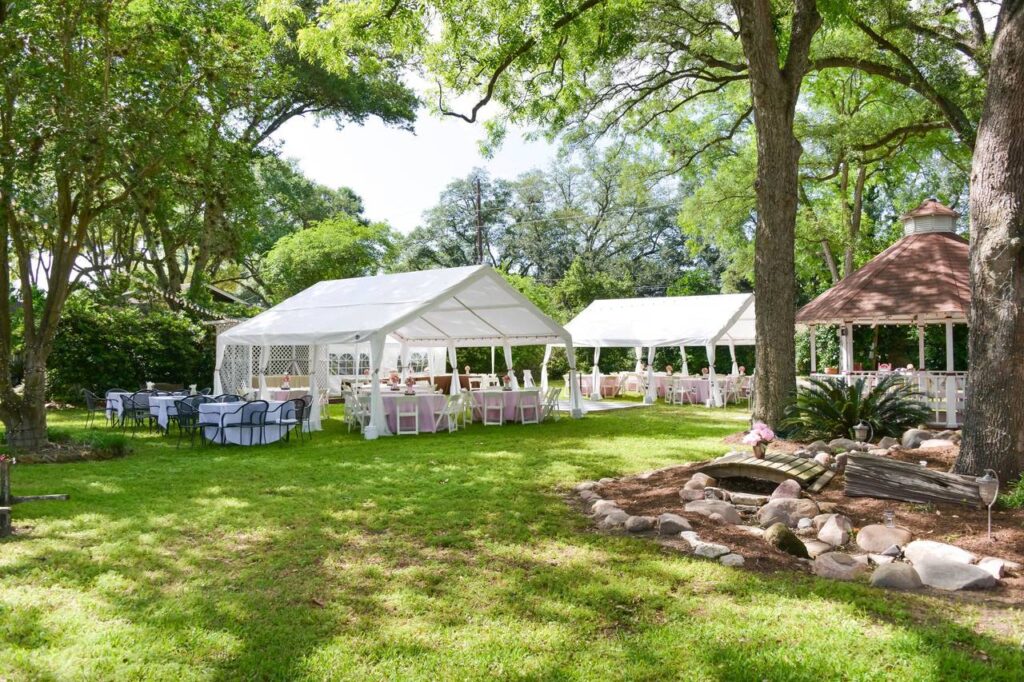Creating a cottage garden in the heart of Texas may sound like a challenge, but with the right plant choices and a little planning, you can enjoy a lush, romantic landscape that thrives in the state’s unique climate. A traditional cottage garden is known for its informal charm, overflowing flower beds, and colorful plant combinations. While Texas brings heat, drought, and occasional freezes, you can still bring this whimsical style to life by adapting to your local environment.


What Is a Cottage Garden?
A cottage garden is a densely planted, informal style of gardening that originated in England. It typically features a mix of perennials, annuals, herbs, and flowering shrubs, often planted closely together to create a natural, abundant look.
Understanding the Texas Climate
Before digging into the soil, it’s important to understand the Texas climate zones. Texas is diverse, with USDA zones ranging from 6b in the Panhandle to 9b in southern parts of the state. Most of Texas experiences:
Hot summers with intense sunlight
Low humidity in some regions, high in others
Unpredictable rainfall
Occasional cold snaps in winter
Designing a cottage garden in Texas requires selecting plants that can survive heat, drought, and fluctuating temperatures.
Step-by-Step Guide to Creating a Texas Cottage Garden
1. Choose the Right Location
Pick a sunny spot, as most cottage garden plants thrive in full sun. Ensure good drainage since Texas soil can be heavy or clay-based.
🌟 Tip: Raised beds or amended soil with compost can help improve drainage and fertility.
2. Focus on Drought-Tolerant Plants
Texas summers are unforgiving, so opt for drought-tolerant perennials and natives that mimic the lush look of traditional cottage gardens. Here are some great options:
Salvia greggii (Autumn Sage) – Long-blooming and heat-resistant
Coneflower (Echinacea) – Tough, colorful, and attracts pollinators
Lantana – Vibrant clusters of flowers and extremely drought-hardy
Russian Sage – Adds height, texture, and thrives in heat
Yarrow – Feathery foliage and a range of flower colors
Lavender – Provides fragrance and structure
Coreopsis – Cheerful yellow blooms and easy to grow
Black-eyed Susan – Classic look and drought-resistant
3. Use Native Texas Plants
Incorporate native Texas plants to support local wildlife and reduce maintenance. Native plants are better adapted to local soils and climate conditions.
Some favorites include:
Texas Bluebonnets (spring beauty)
Turk’s Cap
Flame Acanthus
Gregg’s Mistflower
Design Tips for a Cottage Garden Look
Layer Your Plants
Plant in layers using tall flowers and shrubs in the back, medium-sized plants in the middle, and low-growing ground covers in front. This gives the garden depth and visual interest.
Mix Colors and Textures
Use a variety of colors, shapes, and bloom times for year-round appeal. Cottage gardens thrive on organized chaos, so don’t worry about perfect symmetry.
Add Hardscape Elements
Include stone paths, arched trellises, picket fences, or vintage containers to give your garden personality and structure.
Incorporate Edibles and Herbs
True to its roots, a cottage garden often mixes edibles and ornamentals. Consider planting:
Basil, thyme, or oregano in borders
Tomatoes or peppers among flowering plants
Chives or lavender for visual and culinary appeal
Watering and Maintenance
Even drought-tolerant gardens need water during extreme heat. Install a drip irrigation system or water early in the morning to minimize evaporation. Add mulch to retain soil moisture and suppress weeds.
Keep in mind:
Deadhead flowers to encourage blooming
Cut back perennials in winter
Divide overcrowded plants every few years
Attract Pollinators and Wildlife
Cottage gardens are perfect for attracting bees, butterflies, and birds. Use nectar-rich flowers like coneflowers, bee balm, and butterfly bush to invite beneficial insects into your garden.
Final Thoughts: Bring Cottage Charm to Texas
You don’t need a cool, rainy climate to enjoy the romance of a cottage garden. By selecting Texas-hardy plants, improving your soil, and designing with both form and function in mind, you can create a dreamy cottage garden that thrives in even the hottest Texas summers.
Whether you’re in Austin, Dallas, Houston, or the Hill Country, this timeless garden style can be adapted to your unique corner of Texas.


